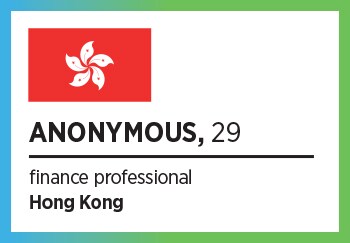
The World and the vaxed (and the vexed)
As India lays out an ambitious vaccine programme till the year-end, Forbes India delves into the experiences of global citizens who have taken the jab and of those waiting for their turn
 A medical worker from a mobile vaccination team packs boxes of the Chinese Sinovac Coronavac vaccine into a temperature controlled transportation case ahead of a house call house in Istanbul, Turkey
A medical worker from a mobile vaccination team packs boxes of the Chinese Sinovac Coronavac vaccine into a temperature controlled transportation case ahead of a house call house in Istanbul, Turkey
Image: Chris McGrath/Getty Images Vaccinating the second-most populous country in the world was going to be a Herculean task, but the second wave, coupled with a muddled policy, may have set India back, at least for now. As of May 17, 10.4 percent of India’s 1.38 billion population had received at least one dose of a Covid-19 vaccine, according to Our World in Data, a scientific online publication; the corresponding figures for the US and the European Union were 47.2 percent and 32 percent, respectively. The global inequity in Covid-19 vaccinations is evident when you consider that India’s share of 10.4 percent is higher than that of people globally who have been able to access the first jab: 9.1 percent. India has vaccinated its citizens in phases, but since it announced that anyone above 18 years can get vaccinated from May 1, people are playing fastest finger first to find a slot online. While vaccines are free in government-run hospitals, private hospitals are allowed to charge Rs250 for a dose. That vaccine slots have to be booked online raises the question of accessibility for all in a country with internet penetration of roughly 50 percent, according to Statista, and smartphone penetration of 42 percent as of 2020. The biggest problem currently, however, is the supply of vaccines to cover all citizens, including roughly 800 million residing in non-urban areas. Since the vaccination programme began in mid-January, the country has relied on the duopoly of Serum Institute of India’s Covishield and Bharat Biotech’s Covaxin; Russia’s Sputnik V is set to be the third vaccine available to Indian citizens. Although the government has responded with an ambitious plan to provide over 2 billion doses by year-end to cover the entire adult population, the big questions are: Will we see a third wave before that? And can that target be achieved? Perhaps there are lessons to be learnt from how a few other countries went about vaccinating their citizens. In the first of a three part series, Forbes India reached out to people from various corners of the world to understand how easy or difficult it was for them to get immunised. In many cases, a vaccine was far out of reach and many of these countries—or at least parts of them—are following limited-to-strict lockdowns to curb rising cases. From the Dutch side of the Caribbean island Saint Maarten to New Zealand, France and Bangladesh, Forbes India brings you stories of the experiences of those vaccinated, and those who are still waiting for their turn. DHAKA, BANGLADESH Vaccine status: First dose in February 











